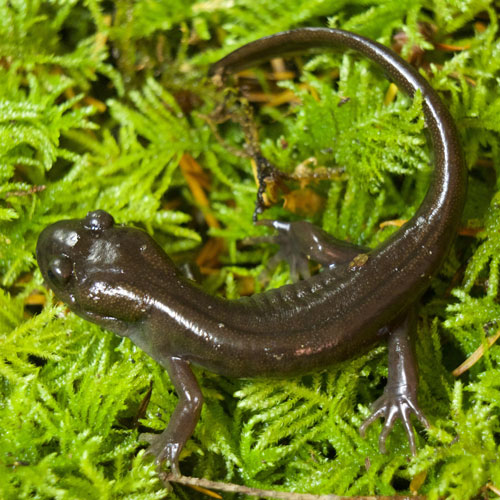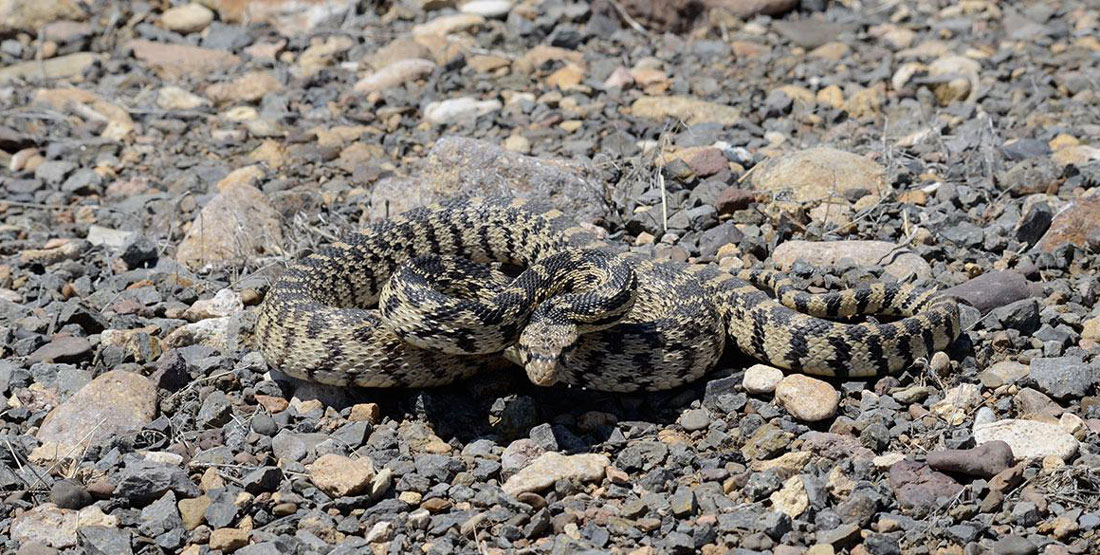Fast Facts
Where they live
- View a map of where they live.
- Ranging throughout the United States, southern Canada, and Mexico, the Pacific gopher snake is one of the most widespread snake species in North America.
- Can adapt to a wide variety of habitats as well, including deserts, prairies, brushlands, woodlands, coniferous forests, and even land altered for agriculture.
What they eat
- Rats, mice, moles, and other small mammals form the majority of the pine snake’s diet.
- Can also feed on birds and their eggs.
Breeding
- Sometime between June and August, several females will lay their eggs in the same communal nest spot, which is in a sandy burrow, under a large rock, or under a log.
- The eggs will hatch after around 64 to 79 days.
Cool Biology Facts
- Pacific gopher snake eggs are some of the largest eggs of any snake found in the United States; they can be up to 66 millimeters long and 45 millimeters wide!
- Young Pacific gopher snakes are already 13 to 17 inches long when they first hatch!
Threats
- Even though Pacific gopher snakes are internationally considered “least concern”, some states in the northeastern United States consider them “threatened” and have laws protecting them.
- The main threat in these states for Pacific gopher snakes is habitat quality reduction due to suppressed fire.
- View their status on the IUCN Red List of Threatened Species.

Amphibians & Reptiles of Washington
Do you know where rattlesnakes live in our state? Or which salamander breathes through its skin? Explore the fascinating diversity of the 26 species of amphibians and 28 reptiles found in Washington state.

